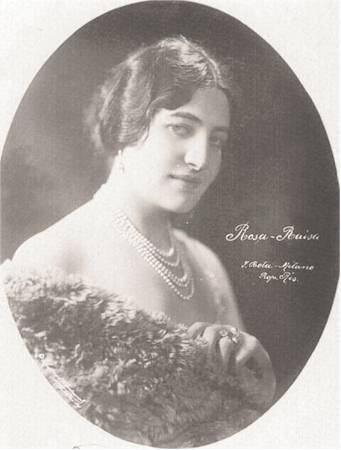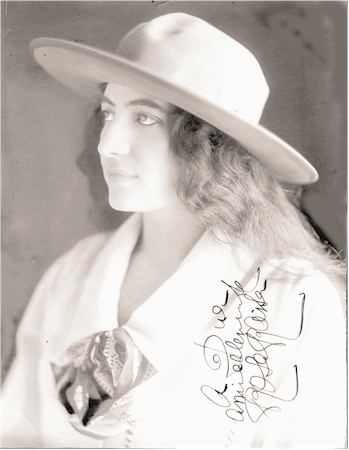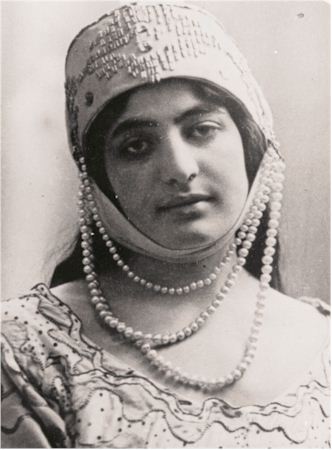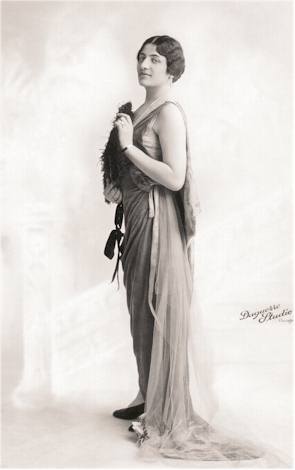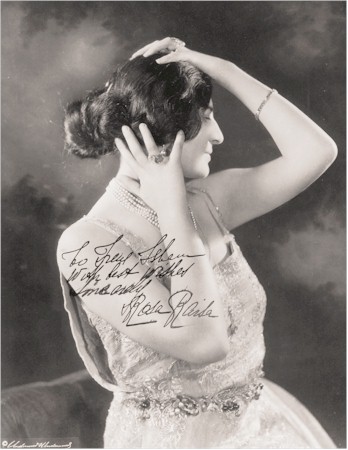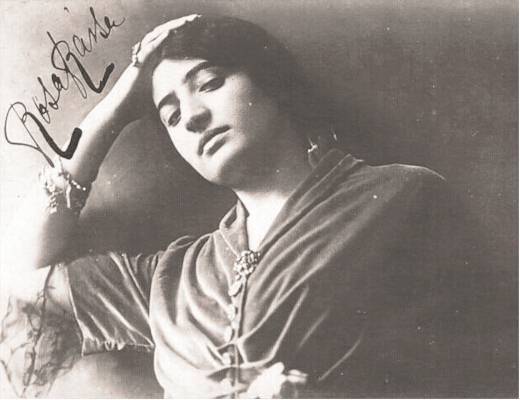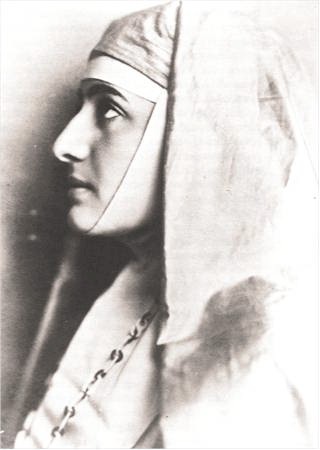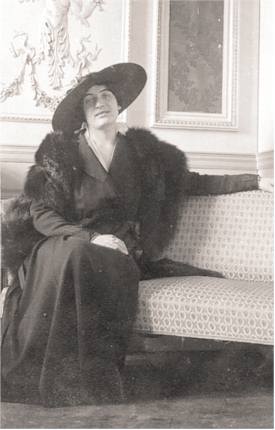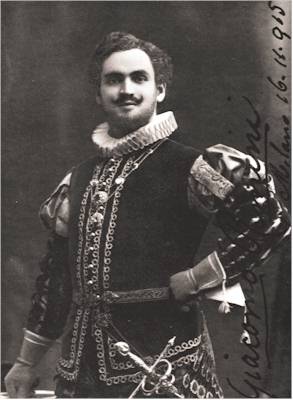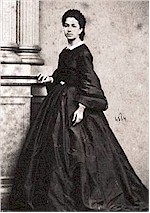Polish-American soprano, 1893 - 1963
Portrait 1923 Biographical notes: She was born Rosa Burchstein in Bialystock. When she was 14 she fled to escape a pogrom and
settled in Napels. She studied with Barbara Marchisio and made her debut at Parma in the Verdi Centenary Oberto, being immediately invited by Cleofonte Campanini at Chicago Opera. She
achieved instant success in Chicago, Philadelphia and on national tours. She remained in Chicago and was its leading dramatic soprano. Mary Garden reigned in the lyric parts. Giacomo Puccini
wanted her to sing Magda in La Rondine (!), but she refused. Rosa Raisa sang 275 performances in Chicago and 235 on tours. She inaugurated the new built Chicago Opera House in 1929 as Aida.
She was very proud of her three Toscanini Scala seasons (1924 - 1926) where she created Asteria in Boito’s Nerone and Puccini’s Turandot (unfortunately, she recorded no excerpts). She
also appeared as Leonora in Il Trovatore, an opera last heard there in 1902. She was married to the baritone Giacomo Rimini. They appeared in many concerts singing duets from Luisa Miller to
Don Pasquale (!). Her repertoire included roles in operas such as Norma, La Juive, La Fanciulla del West, Suor Angelica, Un Ballo in Maschera, La Battaglia di Legnano, Francesca da Rimini,
Falstaff, Don Giovanni, Lohengrin, Tannhäuser, Les Huguenots, Lo Schiavo, Isabeau, La Nave, Die Fledermaus and Respighi’s La Fiamma. She was under-employed by the recording companies (no
contract to the superior New York based Victor or Columbia).
As Minnie in Puccini’s “La Fanciulla del West” “Raisa’s voice was a royal purple dramatic soprano shot with gold and fire, and if you ever heard it on a great night you know that isn’t fancy writing, but a reasonable description of the improbable come true.” Claudia Cassidy in The Chicago Tribune
In the title role of Zandonai’s “Francesca da Rimini” “Raisa’s artistic credo and deepest internal need was simply to thrill the public. She had the elements that make for easy audience popularity; a huge warm voice capped by ringing high notes, a formidable technique that included rare coloratura abilities, the dynamics of soft singing, and a rare personal beauty coupled with superior stage skills.” Charles B. Mintzer, producer of “Rosa Raisa - The Complete Recordings” released by Marston
“In the singing of Rosa Raisa were paired splendor and crudity, rudeness and exaltation... Of what superb metal is this voice! Of what marvelous expressiveness, both accomplished and illimitable potential! Of what marvelous bel canto possibilities, if she will tutor herself to the eradication of the faults and curb somewhat the conflagration of her temperament! ... Not only was the evenness of her scale marred by a decided cleavage between her middle and upper registers, but she showed herself addicted to a deplorably persistent coup de glotte and a disconcerting nasal resonance. Reediness and crudity of tone, violence of attack, and an absence of smooth legato in tracing the contours, together with waverings from pitch, faults that returned ever and anon to plague the admirer of a miraculous vocal organ.” Herbert Peyser in Musical America (after a Norma performance)
Portrait 1920
Portrait, 1915
As Suor Angelica Comment: Probably, records never captured her (huge) voice in an adequate way. Claudia Cassidy, a
renowned critic of The Chicago Tribune said: “Raisa’s voice struck straight at two vulnerable places: the spinal column and the heart.” The artist herself was never satisfied with her
recordings. “They never showed the volume of my voice - just a faint remembrance of how I sounded on the stage - in my days recording was much more difficult than it is today.”
Charles B. Mintzer, an expert on Rosa Raisa, explained: “Regarding the recordings, one can only speculate what the results might have been if the 1928 Vocalion vertical-cut recordings, which
best capture her vocal resource, and the 1933 HMVs her dramatic delivery, had been combined. The 1920 - 1924 lateral-cut Vocalions made in her prime are so inadequately recorded that one
“sees” only a blueprint lacking in textures and overtones... It is true that very large and brilliant voices have always been difficult to capture on record.”
I particularly admire her on the Brunswick recordings. They demonstrate her dramatic delivery and a truly thrilling voice. My favorites of the Vocalion lateral recordings are O patria mia and L’altra notte
, maybe her greatest achievements on records. In the early recordings (1917) she sang with a severe register break. It disappeared after further vocal studies. The 1933 HMVs
present her as a fine dramatic singer, but her voice was (already) past its absolute prime. My favorite recordings: Vocalion Lateral Recordings, 1920 - 1923 - O patria mia (Title role in Aida / Verdi) - L’altra notte (Margherita in Mefistofele / Boito) Brunswick Recordings, 1928 - 1929
- Mira d’acerbe lagrime with Giacomo Rimini (Leonora in Il Trovatore / Verdi) - Ah, bello a me ritorna (Title role in Norma / Bellini)
On a tour in South America, 1915
Rosa Raisa’s husband: Giacomo Rimini as Posa
Rosa Raisa’s teacher Barbara Marchisio (1833 - 1919) This contralto and her sister Carlotta Marchisio (soprano) gained great fame by their joint performances in works such as Norma and Semiramide. My warmest thanks to Charles B. Mintzer
|
|||||||||||||||||||||||||
